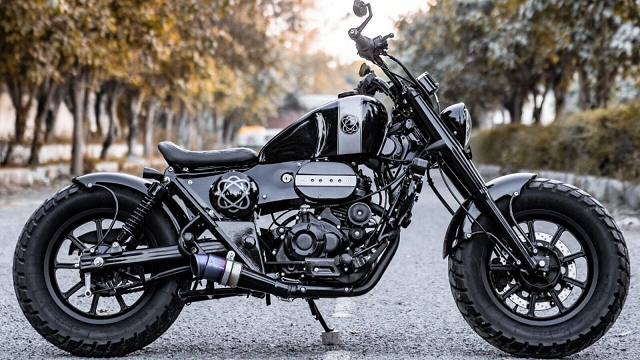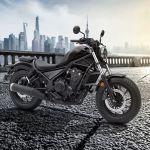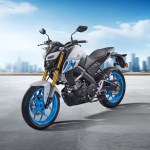The Bajaj Avenger 220 has always had a distinct place in the cruiser motorcycle market ever since it was launched in India in 2010. The Avenger was the spiritual successor to the Kawasaki Bajaj Eliminator, and was launched as a cruiser option for budget-conscious riders. The Avenger 220, in particular, was one of the few bikes that offered comfortable ergonomics, attractive chrome-clad styling and a low-height seat, and all this at a price of just Rs 79,000 (on-road, Mumbai). But now, with a plethora of new options at different price points in the cruiser segment, the question arises: is the Avenger 220 still worth buying in 2025?
Bajaj Avenger 220 Affordable Cruiser
In its time, the Avenger 220 was truly different as it had the heart taken from the iconic Pulsar 220F, but in a comfortable cruiser avatar. The Pulsar 220F was one of the most capable mile-munchers of its time, so putting that engine into a cruiser format was the most sensible decision Bajaj made at the time.
Enthusiasts loved its low seating, wide handlebars and ability to glide down highways without demanding too much from its rider. It was often considered the gateway into the world of cruisers for many Indian motorcyclists. Here’s an interesting tidbit for you: Harley-Davidson entered India the same year the Avenger 220 was launched. So, if you wanted a true cruiser, you had nothing in the budget segment as all Harleys were essentially luxury cruisers priced to compete with cars.
Even in 2025, the Avenger 220 Street and Cruise variants are still on sale and have the same single-cylinder, 220cc, oil-cooled DTS-i engine – which makes 19.03PS and 17.55Nm. It’s still relatively affordable (Rs 1,43,373 for the Street 220 and Rs 1,47,827 for the Cruise 220, both prices ex-showroom, Delhi) and is still one of the few bikes that offer that classic, low-slung authentic cruiser feel – but that’s where the good news ends.
Cruiser or Just a Classic Relic?
The Indian market today doesn’t look the same as it did five years ago. Cruiser buyers now expect more power, features and road presence than ever before. Even though the Avenger 220 was updated in 2018 with a few design changes, including LED DRLs on the redesigned halogen headlight, a new full-digital instrument console, the cruiser still feels a bit dated in 2025.
Bajaj could have given the bike an all-LED headlamp. After all, if the Pulsar N125 has it, why not the Avenger? Even the digital instrument console should have turn-by-turn navigation, and there should be disc brakes with dual-channel ABS at the rear. The engine, while reliable, feels strained at higher RPMs and doesn’t really inspire confidence for long-distance touring anymore, especially when compared to modern options from other manufacturers.
In an age where even budget bikes are packing Bluetooth connectivity and ride modes, the Avenger 220’s barebones approach feels more outdated than nostalgic.
Conclusion
You could argue that the cruiser segment has matured a lot in the last few years. However, Bajaj’s Avenger operates in a very small, niche space – the sub-Rs 1.5 lakh category. There is no other option for buyers who are looking for an affordable, fairly lightweight cruiser with good performance and, most importantly, an extremely low seat height.
Its closest rival, the Royal Enfield Meteor 350, is a much better bike than the Avenger, but it also costs half a lakh more, and weighs about 30kg more. So if you’re looking for an affordable, accessible cruiser, the Avenger 220 is technically the right fit, even in 2025. But you can’t deny the fact that it feels like a time capsule that reminds you of a simpler time, but also shows what you’re missing out on compared to modern entry-level cruisers.
Operating in such a niche segment saves the Avenger 220 from becoming somewhat irrelevant, and it’s time Bajaj gave it the modern update it deserves. The waning popularity of the Avenger is evident in its sales as it managed to sell only 3,773 units in FY 2024-2025 (April 2024 to March 2025), which is a massive 32.39 percent drop in sales compared to the previous fiscal.


